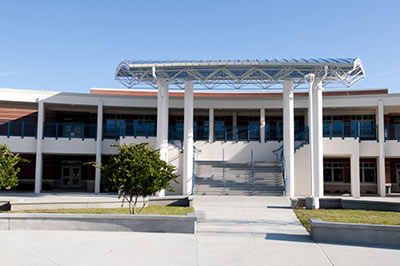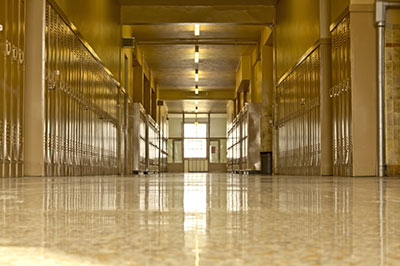National Education Association Health Information Network (2011).
School cafeterias and kitchens contain numerous high-touch surfaces and little time between meal rotations, making them susceptible to the spread of infectious diseases such as colds and the flu. A comprehensive cleaning program with a written protocol for infection control can help prevent the spread of pathogens (germs) that cause infectious diseases in athletic areas and throughout the entire school. It also ensures that facilities use the most appropriate products and procedures available for the task to help avoid exposing product users and other building occupants to potential health hazards.











